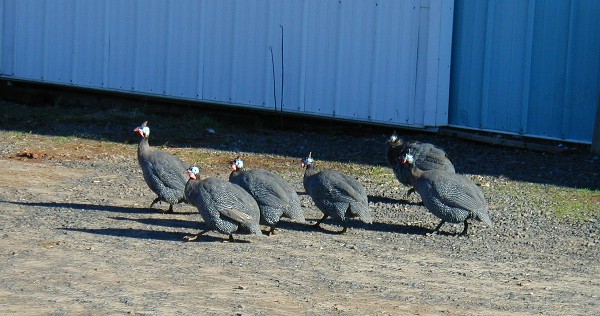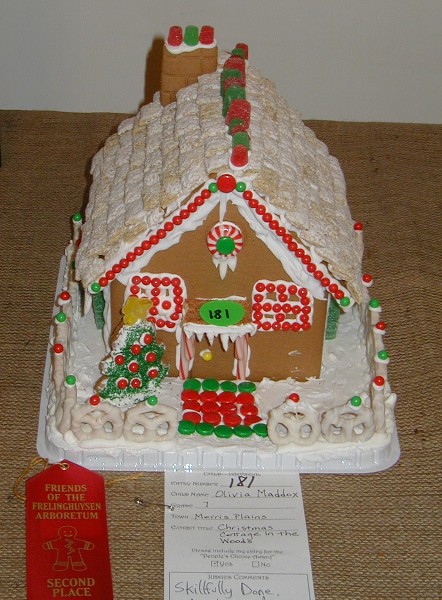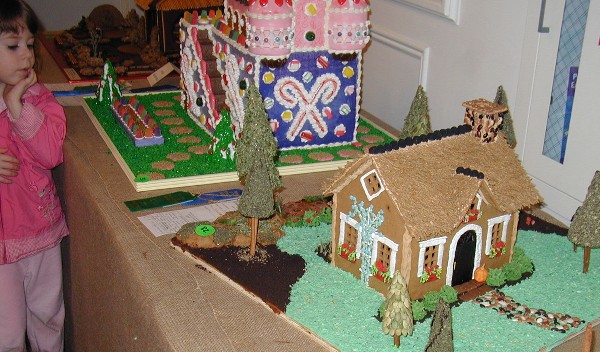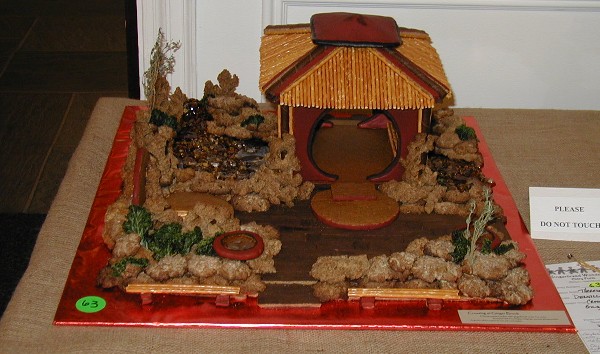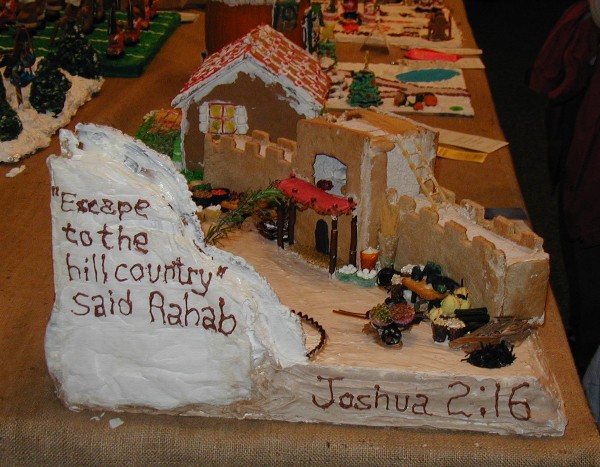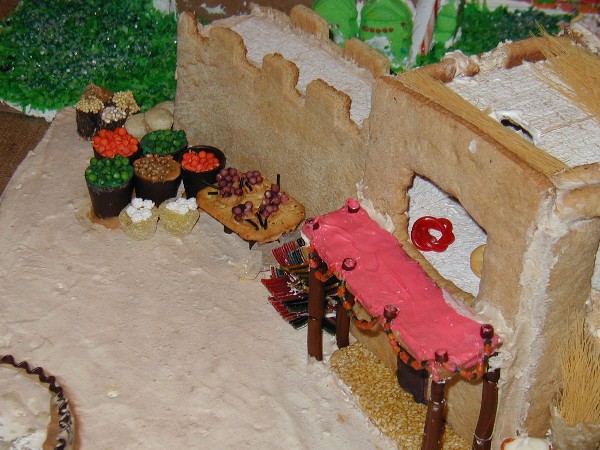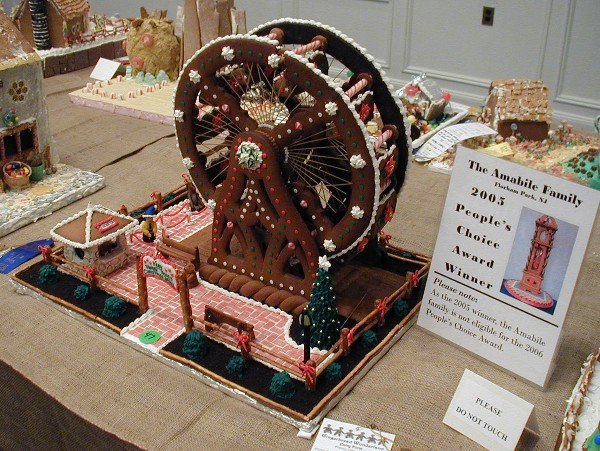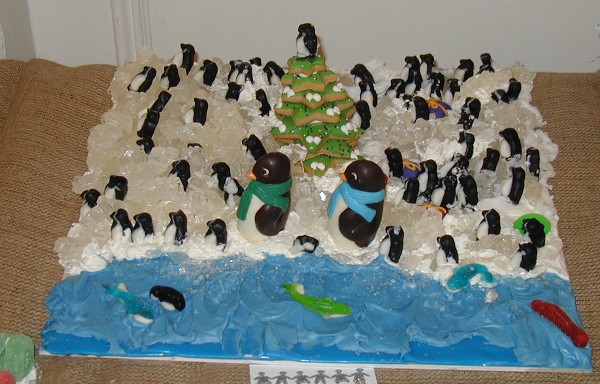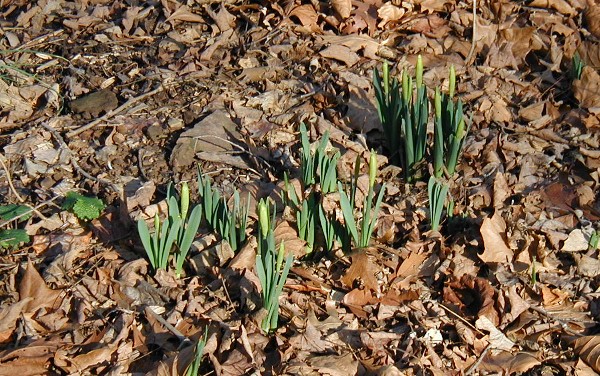
To be sure, Denver, Colorado has been socked with a major snowstorm just before Christmas, with another on the way to bollix up New Year's. While we have had a couple of nights dipping into the teens in general the weather has been mild, mild enough that forsythia have opened a few flowers and autumn cherry, Prunus mume, has been in bloom. Perhaps it is a sign of global warming. My sign of a foretaste of spring - Narcissus 'Rijnveld's Early Sensation' is not merely pushing up leaves, it's in bud.

Typically this early daffodil blooms for me in early March. So flower buds at the end of December are premature, to say the least. The question now - will more seasonable weather freeze / damage the buds, or will they welcome the new year with golden trumpets. Only time will tell.
True bulbs, those with onion-like structure contain a flower bud within within their plain brown wrapper in autumn. This explains how hyacinths, daffodils, and tulips may be coaxed into early bloom. Some, such as paper white daffodils, flower without a winter chilling. Just add water and they pop into bloom. Then there's amaryllis (properly named Hippeastrum.) So eager are they to flower that they'll do so without soil, without water.
Look at this pitiful box full of unsold amaryllis at Wal-Mart. Overlooked in the holiday poinsettia mania they're struggling into flower, consuming nutrients stored in the bulb. I haven't room or resources for another 30 or 40 amaryllis, or money, even at a bargain basement, less-than-five-dollars-each. What a waste. Rescue, anyone?
They show up every now and then. Not deer in general, they arrive on a rather regular, or should I say almost daily basis. But in the general population there is the occasional piebald individual. I don't know what the genetics of this white patterning might be. My assumption is that it is a recessive gene, or it would be more common and I'd see more than the occasional one or two piebald deer. The amount of white varies from individual to individual. The one I saw on Monday, right after dusk, was brown above and white below, just about half and half. Two of the four does sauntering across the front lawn this afternoon, nibbling a little here and sampling a mouthful there, were minimally to modestly piebald.
Piebald deer are mentioned just about everywhere white-tail deer are found, for example in Pennsylvania, Virginia, and the northern tier of states. There are reported instances of both white and albino individuals, less frequently than piebald. Melanistic (black) deer are also infrequently mentioned, but that might be explained away since white, even patchily white deer are easily noticed, darker ones are not.
You can see the gingerbread version on display inside the masonry library through 24 December 2006. Did I merely ignore it in other years? This year December is certainly the Month of Gingerbread. I've seen them singly and by sixes and sevens, made by children and school groups, individuals and families and professional pastry chefs, contemporary and historical versions. Now my daughter's reporting on - what else - her family's gingerbread house building. Copied from my daughter's blog On My Mind (with permission) herewith her gingerbread tale.
Despite my bah humbug type previous post I have to confess that there are certain things about the holidays that make me happy. Today was one of those days. We went to a family gingerbread house building. Steve's brother and his family, his wife's brother and his family, his wife's sister and her husband, family friends and us. Lots of people and lots of fun.
We ate a lovely meal and then the kids got down to business making houses. Every year K makes house pieces, one house per kid (there were 9 this year). Everyone else brings decorations. I brought Captain Crunch cereal, colorful twizzlers, stripey morsels, spice drops, and pretzels. There were all sorts of other candies too. The kids have so much fun creating their masterpieces.
Daylight, but earlier enough that I'd not even had the first sip of coffee. "Deer out back, off the deck." said Paul. One, then two, another, no there are four, finally six does melding into the scruffy weeds and brush on the hillside, their darker winter coat color blending with the hues of taupe, tan, beige, brown, cocoa. Fog cat was up there with them, came down the hillside to join me as I took some pictures.
Deer have poor eyesight, and the air was still so they couldn't "find" me. They'd toss their heads up, trying to catch a scent. One, then another would stamp, trying to startle me into discernable movement. Finally I said "Woof!" startling the cat and all the deer, who skedaddled a few yards and went back to browsing.
We started homeward, stopping at Wave Hill on the way, for lunch. Umbrellas closed and quietly dripping, nice and cozy indoors, and the seafood gumbo soup I had was spicy and delicious. As we were leaving what should I spy but . . . you guessed it, another gingerbread house. Untitled, this was a solo building made of gingerbread, maple sugar, and maple wood by Elizabeth Duffy.
A gray day with overcast skies and drizzle. This was when I suggested an outing to the New York Botanical Garden, and off we went - me and Paul and Carol and Bill. First we went to the conservatory to see the holiday train show. Arriving on the dot of the 10:00 a.m. opening we had the place almost to ourselves for half an hour, until hordes of munchkin school groups arrived to enjoy the magic. A last minute look, then umbrellas unfurled against the rain we walked over to the Everett Children's Adventure Garden for a gingerbread adventure.
Reading a magazine sometime around Thanksgiving I saw a picture of a wreath decorated with cutlery. Charming, I thought to myself. Just right for the kitchen. When I had some time I went to a thrift shop and picked through the bin, ending up with some forks and spoons for modest 25¢ apiece. Off I went to Santa's workshop . . . . I meant to say Ubel's where Jen and helpers are churning out wreaths and roping, tabletop ornaments and grave blankets. We discussed greenery and I went with Jen's suggestion of balsam. I think it has the best, pungent, conifer smell. Since it was going indoors, Jen would spray it with an anti-desiccant to keep it in good condition. And today I went to see it's assemblage.
A small notice in the newspaper caught my attention. "All about gingerbread" was the heading. On Sunday there would be a presentation about the history of gingerbread at The Bouman Stickney Farmstead in Readington Township, New Jersey. As well, there would be a display of gingerbread houses created by members of the community. This sounded interesting, so on a sunny afternoon off we went on winding roads through the New Jersey countryside.
There's a bedroom to the right of the door and a living room to the left of the front door. It has a large fireplace (recall the two stately chimneys at either end of the house.) A large built-in corner cupboard, wide floorboards, and some plain furniture set the spirit of time and place, as did the breeches-clad docent. He knowledgeably explained the history of the farmstead, which was built in 1741 and remained in the Bouman family for over a hundred years. Between the two rooms is a staircase down to the kitchen.
And all the while she was mixing, rolling, shaping, and baking Kimberly told us about the history of gingerbread. A fascinating and tasty presentation. She had a single copy of the recipes for each kind of gingerbread but none to distribute. If you'd like to learn more and read a diversity of recipes from historical to contemporary, visit The Old Foodie's entry "Through the Ages with Gingerbread." A fascinating journey that offers an entertaining, in-depth look as this holiday favorite from the 15th century to today.
Doing what you enjoy is rewarding in and of itself. That's why I garden. Still, it's nice to share what you do with others and be appreciated for it. It's part of why I teach gardening classes, write books and articles. When I agreed to curate an exhibit at the New York Botanical Garden's Lusther T. Mertz Library I really had no idea of what I was getting in to. It was more effort than I appreciated going into it, but overall I had a good time. My work is done so I can relax. And now that it's been open for nearly two months the comments have been very positive. Today there's a lovely encomium for Buried Treasures: The Nature and Art of Bulbs on the Human Flower Project.
An international newsgroup, photo album and discussion of the connection between people and flowers, Julie Ardery began this fascinating weblog in September 2004 using her background in sociology, literature, and journalism to weave fascinating stories about how the lives of people and flowers intersect.
Her December 4, 2006 entry is 'Buried Treasures': Of Bulbs and Libraries. And what Julie had to say makes me feel very proud.
I stopped at Ubels Farm Stand on Route 12 in Flemington, New Jersey on my way home from running errands. Even if I hadn't planned to, I would have. There was the sweetest shaggy pony available for rides.
Traditions are nice, something to look forward to. One kick-off for the holiday season is Atlock's annual open house the first weekend in December. Located at 545 Weston Canal Road, in Somerset, New jersey, Ken Selody's nursery is a great "go-to" place for uncommon plants, superb topiaries, lovely display gardens, and much more. The one-day December event features a sale of Siebert & Rice fine Italian terra cotta pottery, an orchid extravaganza, and more.
We weren't cackling, but there were lots of enthusiastic comments over coffee and cookies, focusing on lovely plants and pots to bring home for the holidays. My modest choice? Even though BelleWood Gardens already has a number of Christmas roses, Helleborus niger, I couldn't resist a small pot, its contents so bud-laden it would have suited a plant three times the size. Now wouldn't it be nice if it lives up to its name and flowers by the 25th of December.
Gingerbread was first baked in Europe at the end of the 11 th century, as returning crusaders brought spices from the Middle East home with them. With the arrival of these spices - cloves, cinnamon and ginger, among others, bakers made spicy breads that incorporated them. Some were bread-like, others more like cookies, cut into shapes and decorated with sugar. The baking of gingerbread became recognized as a profession and by the 17 th century only professional gingerbread bakers were allowed to bake the spicy treat in Germany. Nuremberg became known as the Gingerbread Capital of the World, with the guild employing master bakers and artisans to create elaborate works of art from gingerbread. Rules were relaxed during Christmas and Easter, when anyone who wanted to do so was permitted to bake gingerbread.
In the early 19th century the Brothers Grimm published their collection of German fairy tales. Among the tales was the story of Hansel and Gretl:
In a time of famine and at the demand of their mean and selfish step-mother Hansel and Gretl were abandoned in the woods by their father. Lost, sad, and hungry, they find a house made all of gingerbread and decorated with candy. They nibble a little bit, a little more - and are caught by the wicked witch who lives there. She intends to eat them up. But the children turn the tables on the wicked witch, do her in, and find their way home where the evil stepmother is gone and their father is delighted to have them back. So goes, more or less, the folk tale of Hansel and Gretl.
After the fairy tale was published, German bakers began baking houses of lebkuchen --spicy cakes often containing ginger -- and intricate gingerbread houses, decorated with icing snow on the roofs. The houses became particularly popular during Christmas, and the tradition came to the United States with German immigrants, many of whom settled in Pennsylvania.
Gingerbread traditions continue today, and one special show takes place at the Frelinghuysen Arboretum in Morristown, New Jersey, with the display of over 150 gingerbread creations. Who bakes all of these? Families (at least one adult and one child), individual adults, groups of two or more adults, individual children in various age groups, groups of children, scout and school groups.
There are minimal rules: Entries by adults and families cannot be larger than 24 inches by 24 inches and must be made of gingerbread, and structures must be covered with candy, crackers, cookies, pretzels - edible stuff. The rules are a little easier for children: Boxes or cardboard can be used if all surfaces, including the base, are covered with edible stuff. All decorations must be edible. Group entries cannot be larger than 15 inches by 20 inches, and entries by individual children no larger than 12 inches by 12 inches. Entries are judged on distinctiveness, imagination, design, skill in decorating. As you'll see, many entries don't have anything plant related at all. However, new this year there's a special green Horticultural Ribbon, awarded to plant-related entries with a horticultural theme featuring gardens, trees, or flowers. And as well as the "official" judging there's the People's Choice Award, so visitors may cast their votes too.
I went expecting, well, houses. Icing used to stick on gumdrops, Necco wafers, maybe some licorice, probably candy canes.
In 2006 the Gingerbread Wonderland will be held from December 1 through 10, open daily from 10:00 a.m. until 5:00 p.m., until 8:00 p.m. on Fridays. Entry is free, with $1.00 suggested donation. Do plan to attend, you'll enjoy the exhibit and so will your family and friends.

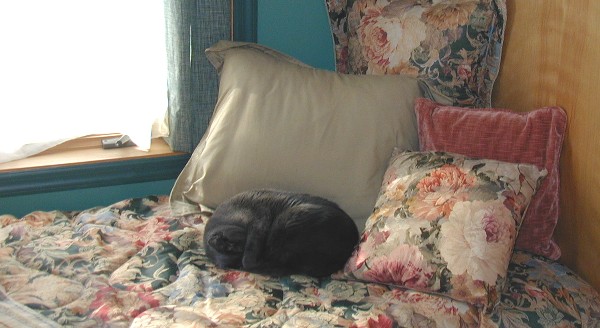

on her right foreleg, and some fainter markings at the base of her neck.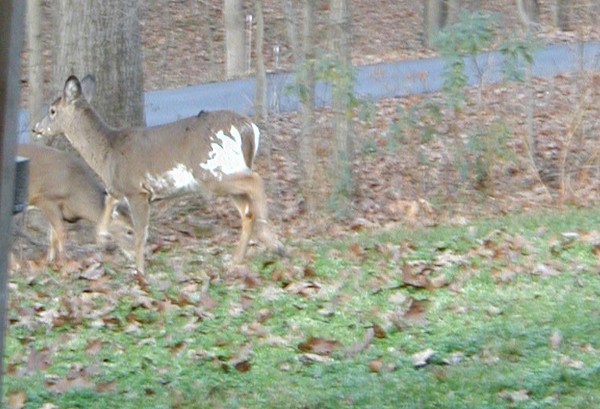
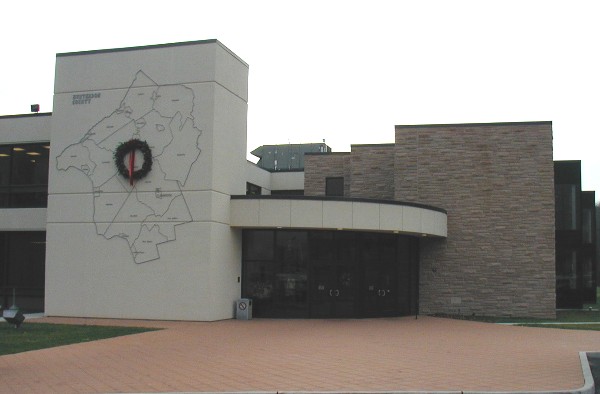
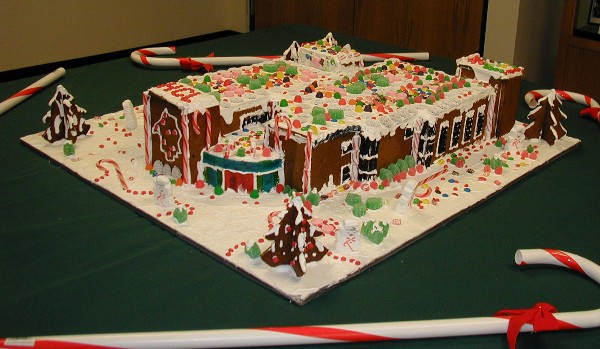
The gingerbread version required 32 cups of flour (that's 8 pounds)
spiced with 1 1/4 cups of cinnamon, 1/2 cup each of ginger and cloves, and 5 jars of molasses.
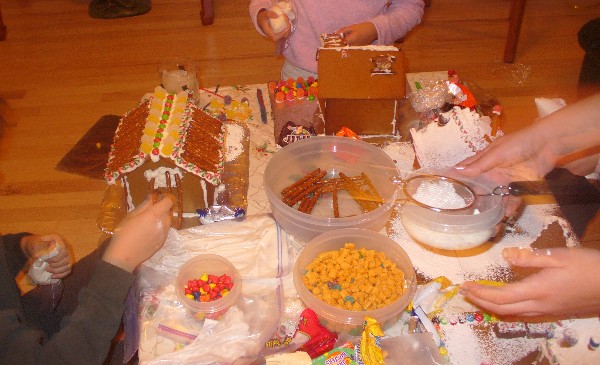
This year we discovered that pretzels glued together with royal icing make a great chimney.



this wreath features intertwined hoses filled with ethylene glycol,
accented with red handled brass valves.
The wreath seems to be sagging or something - shouldn't it be rounder?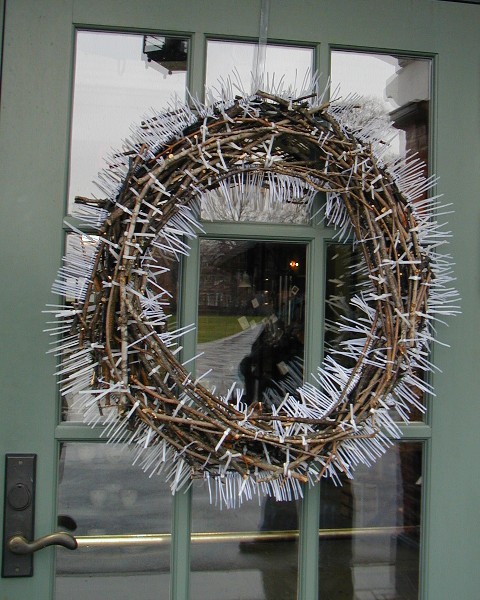
on the door to the Perkins Visitor Center.
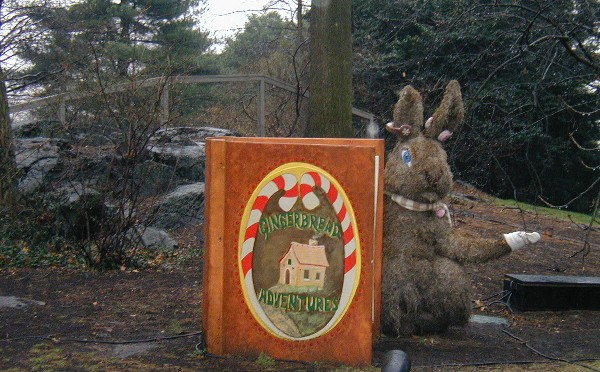
The cookbook he was holding had a recipe and directions for making gingerbread.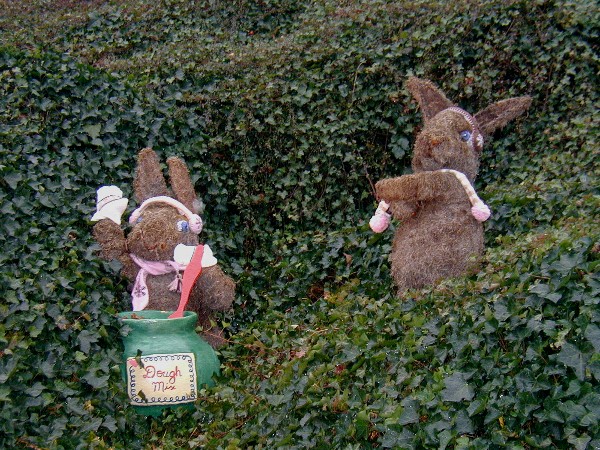
They were near oversize models of sugarcane and wheat plants - molasses and flour for making gingerbread. 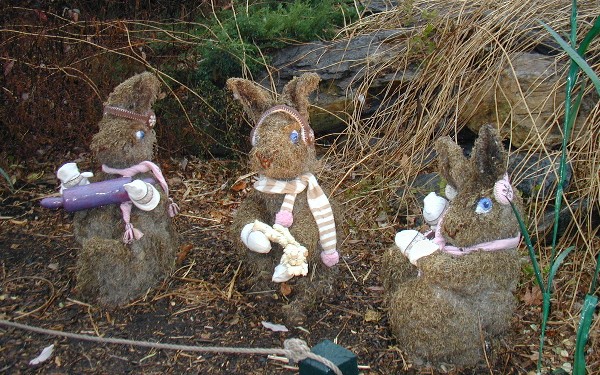
We walked around to a side room / enclosed porch where there were display cases with some very grown-up gingerbread houses
such as this pastry shop by Collette Foley Specialty Baking
with miniature cakes on display in the windows and pumpkin seed roof.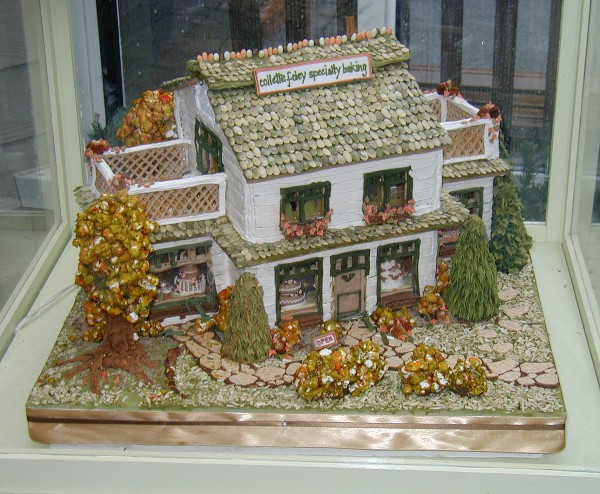
Difficult to peer inside and see what the gingerbread children were riding on.
and more were fancifully created in gingerbread by Jill Adams of The Cake Studio
Perhaps I shall have to start baking . . .

This time he is charmingly, fetchingly, comfortable in a box on the wreath-making worktable.
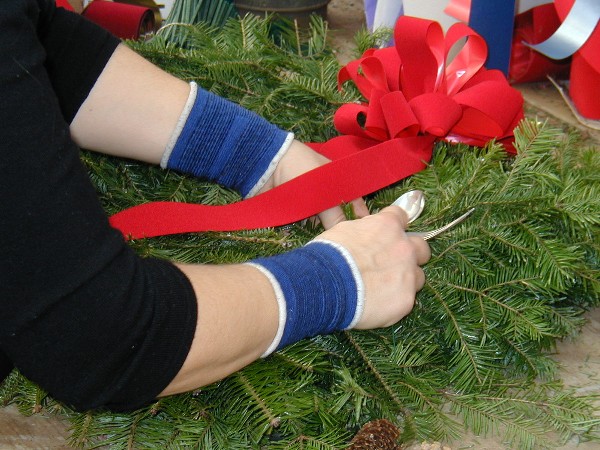
Criss-cross, we decided, looked best. Jen deftly wired them into place.
Something more, but what. Pinecones (spruce, actually) didn't do it. More color. More red color.

One story high in front, it is two stories tall in the rear.
The front door stood invitingly open, so in we went.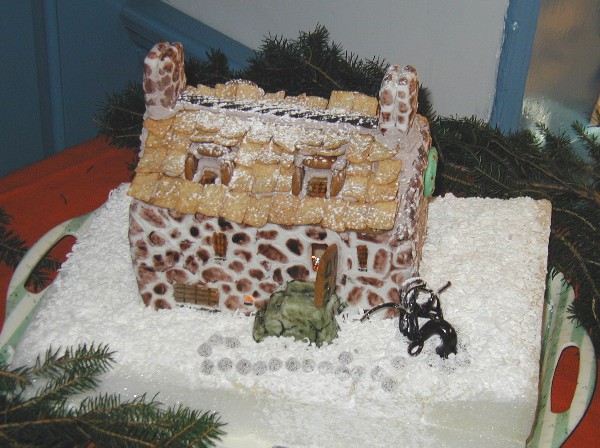
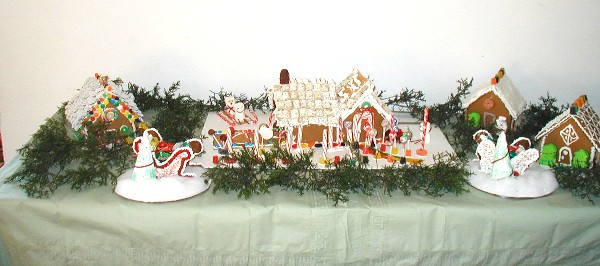
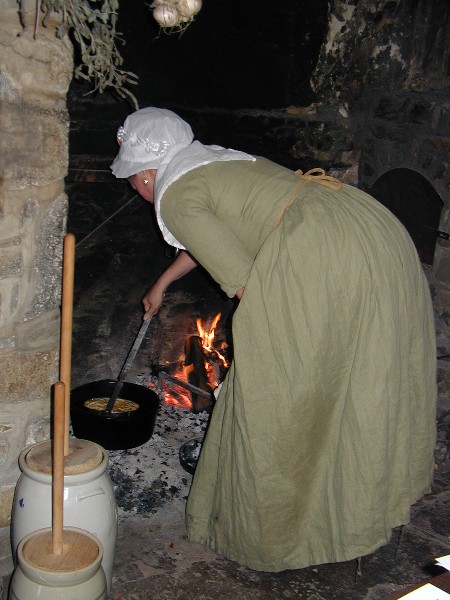

Ground parsnip cooked with honey and flavored with ginger was more like a sticky gumdrop.
One type of gingerbread was thin and stiff, more like a cracker than a cookie.
There was an almond and ginger cookie, raised with beaten egg. It was delicious.
And a modern version, with leavening, was the more familiar somewhat cake-like gingerbread,
dark in hue and redolent with spices.

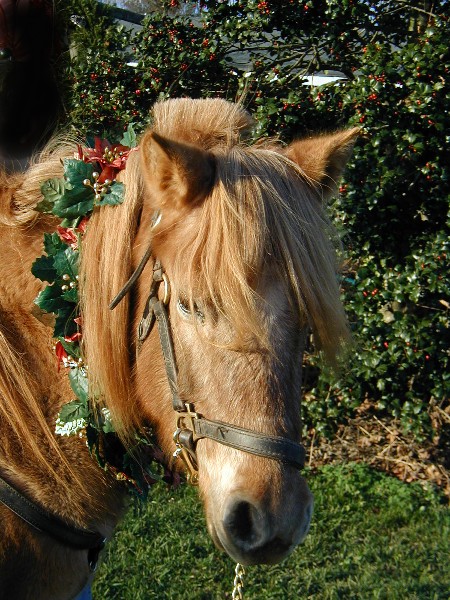

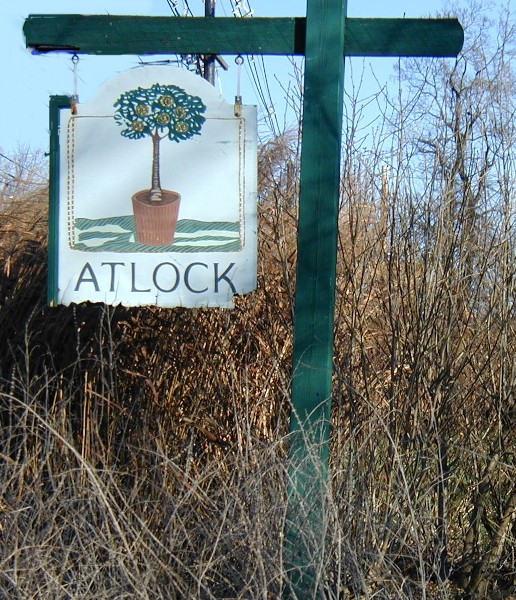

They're created on site, both quick-result coleus and more leisurely tended shrubs.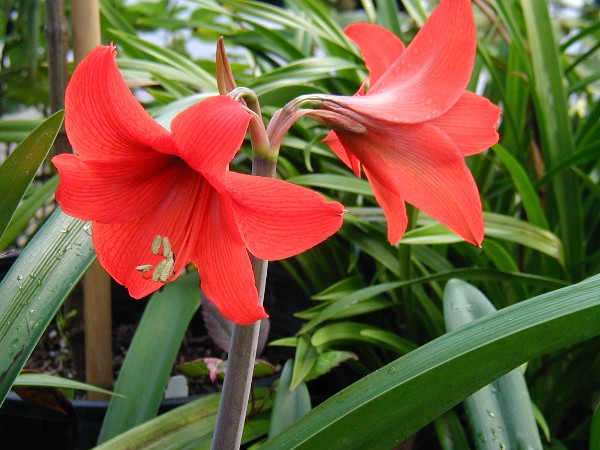
Poinsettias of course, and also ornamental peppers with skinny, rose-red pods.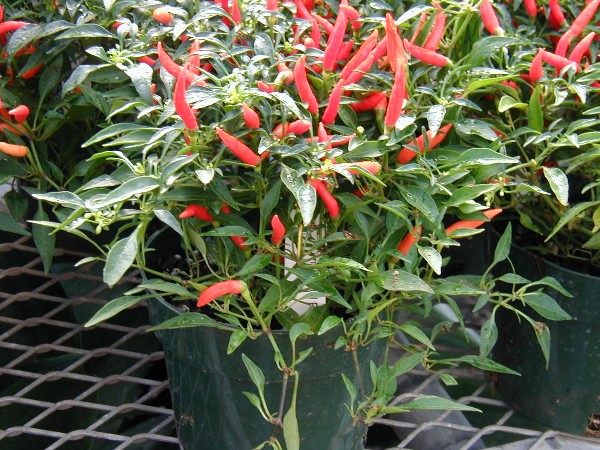


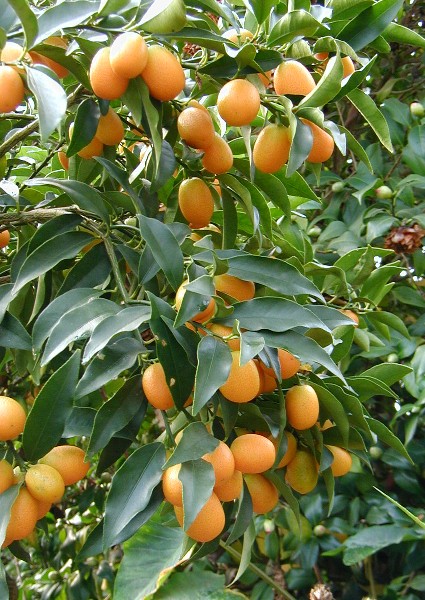
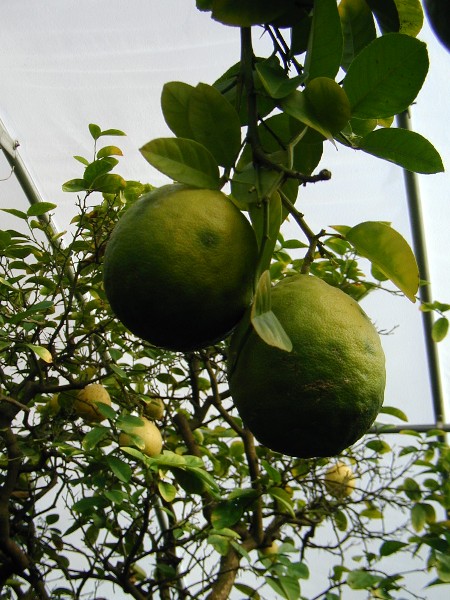
Not part of the 12 Days of Christmas, a troop of Guinea fowl scuttle past, cackling excitedly as Guineas are wont to do.